Highs and lows on Lake Titicaca
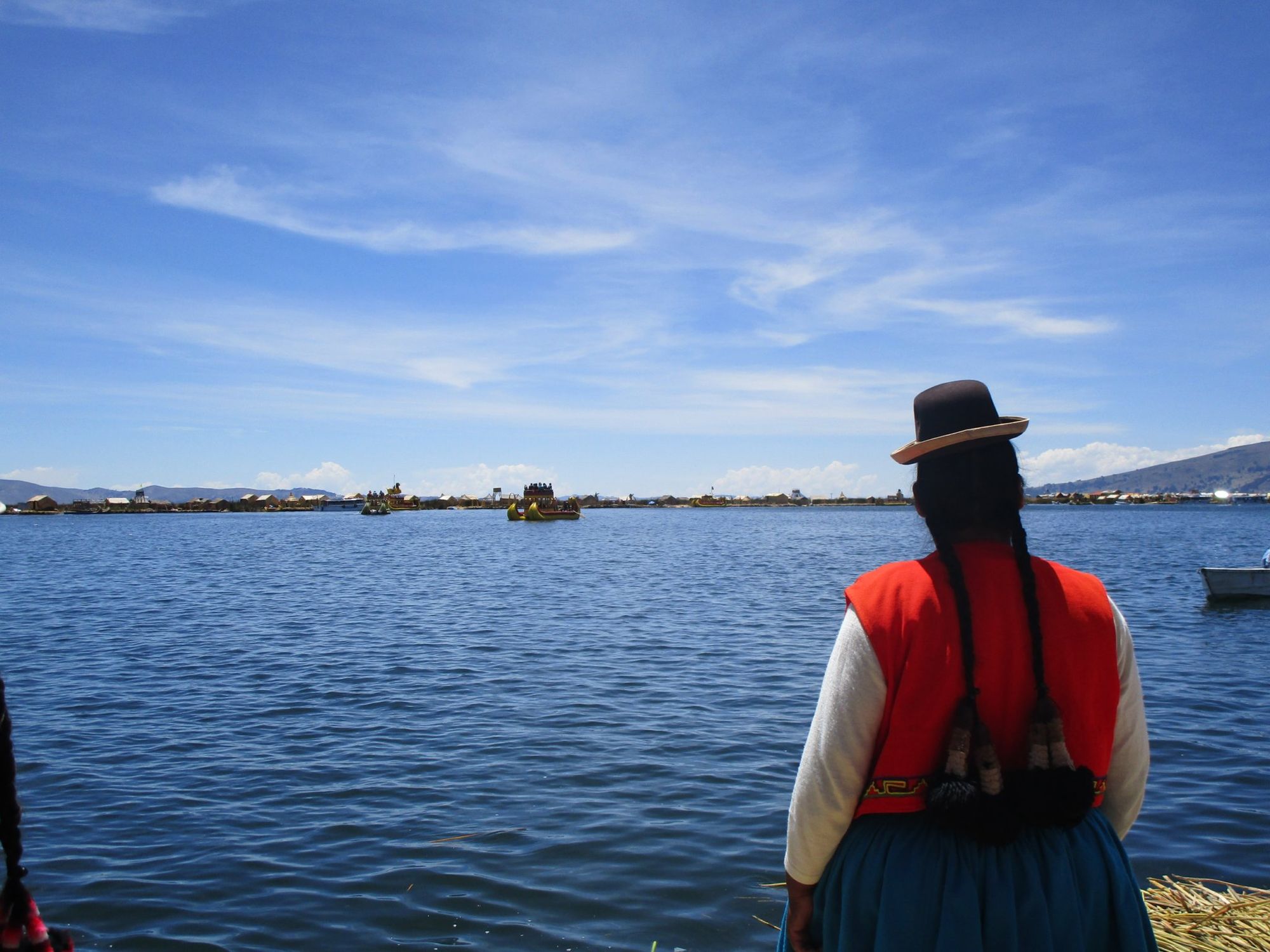
After nearly three weeks of remarkably plain sailing, Bolivia finally caught up with us. I don't know if it was something we ate, the altitude or some combination of the two, but Polly was feeling rotten on the day we left La Paz for Lake Titicaca.
Our bus trundled up out of the city and onto the flat, mossy green expanse of the altiplano, heading north towards the vast body of water that straddles the border with Peru. Titicaca is considered to be the highest navigable lake in the world, situated at around 3,800 metres above sea level, and we got our first glimpse of its dazzling blue waters as we approached the Strait of Tiquina. For some reason no one has ever built a bridge across this strait, so everyone had to get off the bus while it was carried across the water on a precarious-looking ferry.
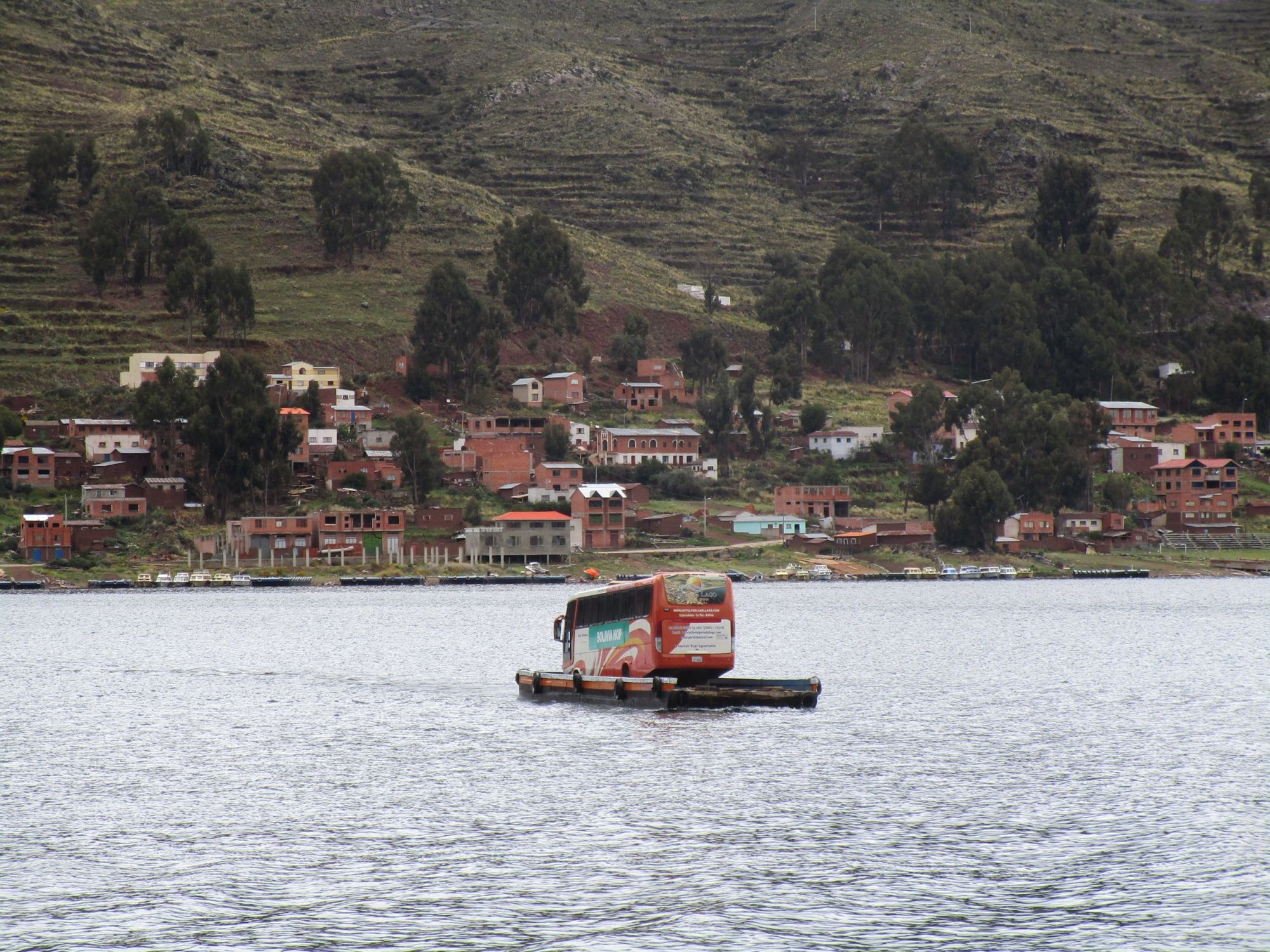
A couple of hours later we arrived at our destination, the lakeside town of Copacabana. I don't normally write about hotels and hostels, but the place we stayed in Copacabana, Hostal Las Olas, was one of the most memorable of our entire trip. The place was a little bit like stepping into a surrealist painting, with a collection of weird and wonderful little bungalows shaped like snail shells and terracotta pots, hammocks strung from giant flowers, and alpacas wandering around the grounds chomping on the grass. Our room had fantastic views of the lake and the town down below, and it was the perfect place to just relax and do nothing while Polly recovered.
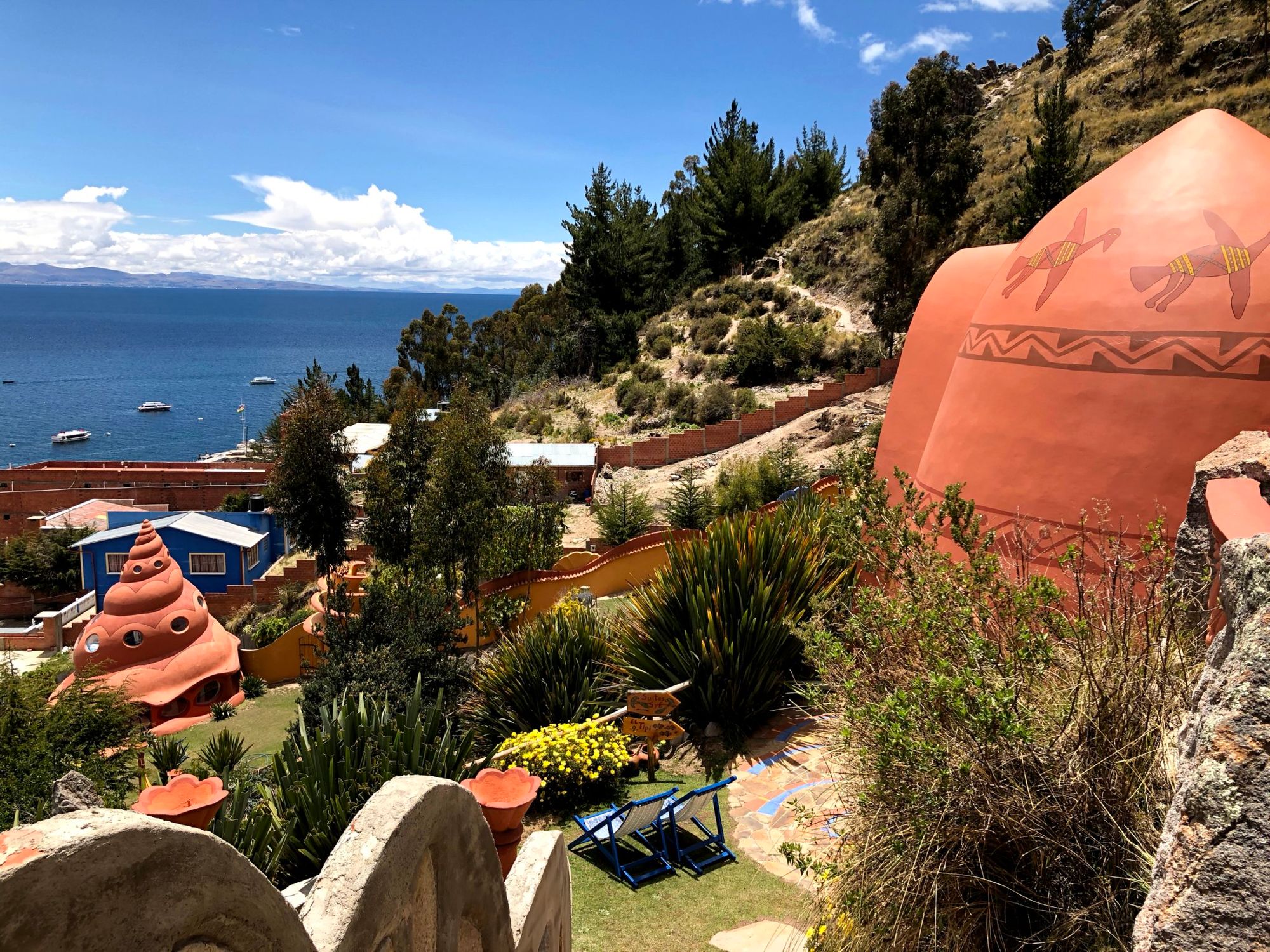
The next day we took a little stroll around Copacabana, but in truth there wasn't an awful lot to see. The town has a famous namesake on the sandy shores of Rio de Janeiro, but the Bolivian Copacabana was actually the original. The name is thought to have originated from the Aymara phrase kota kahuana, which means 'view of the lake'.
The town gained fame during the Spanish colonial period thanks to the Virgin of Copacabana, who was associated with a number of miracles, including guiding fishermen safely back to shore in stormy weather. The beach in Rio was originally known as Sacopenapã, but it was renamed in the 18th century after a shrine to the Virgin of Copacabana was built nearby.
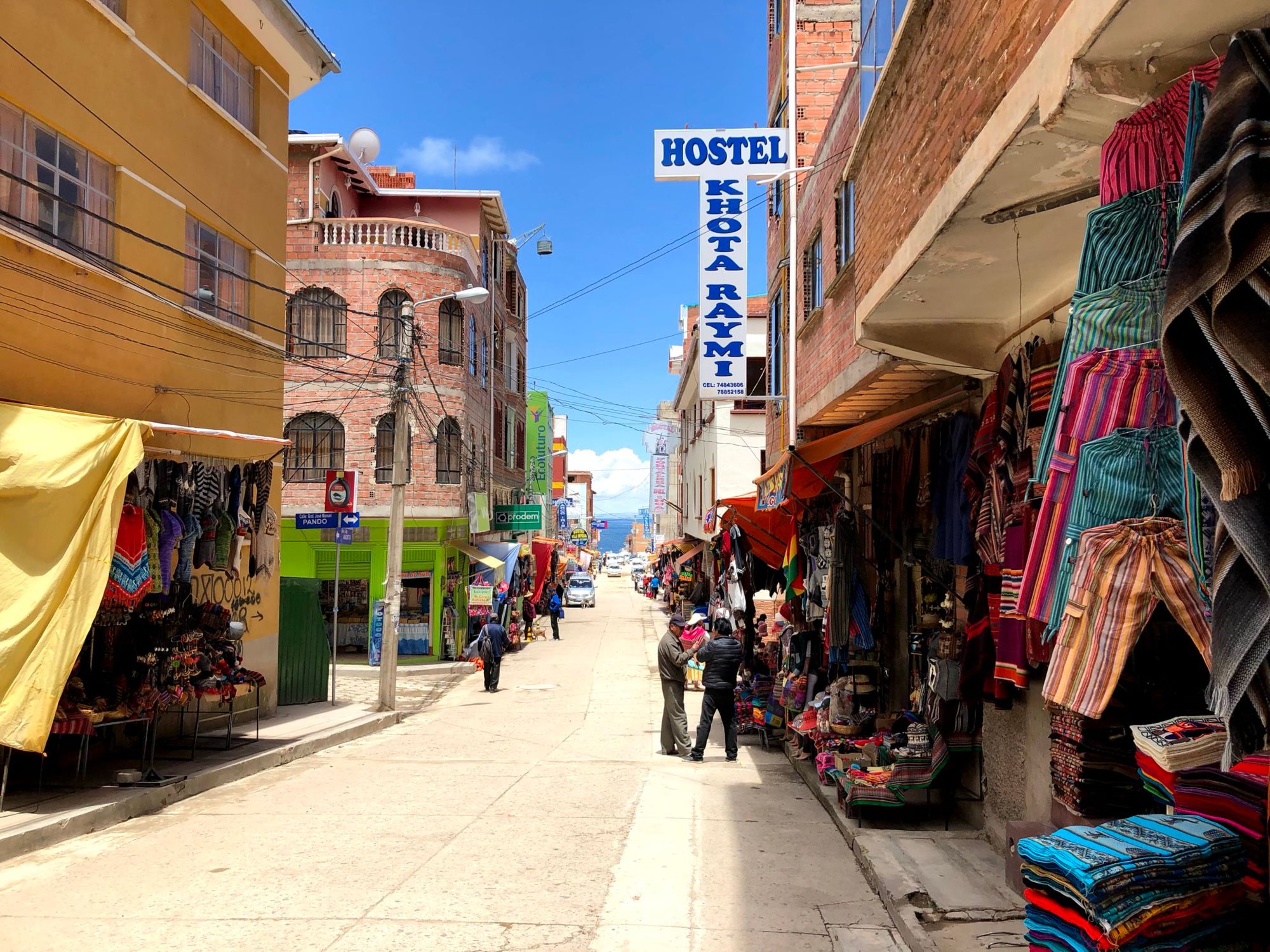
The Virgin became Bolivia's patron saint after the country won its independence, and there is a basilica dedicated to her in the centre of Copacabana. This huge, sparkling white cathedral seemed slightly out of place, surrounded by the sort of the ramshackle, half-finished brick and rebar buildings that you see all over Bolivia. From the basilica we walked down to the lake shore, where the statues of two Incas stood imposingly in the centre of the bay. Along the shore there was a series of little food stalls selling trout, a Titicaca staple.
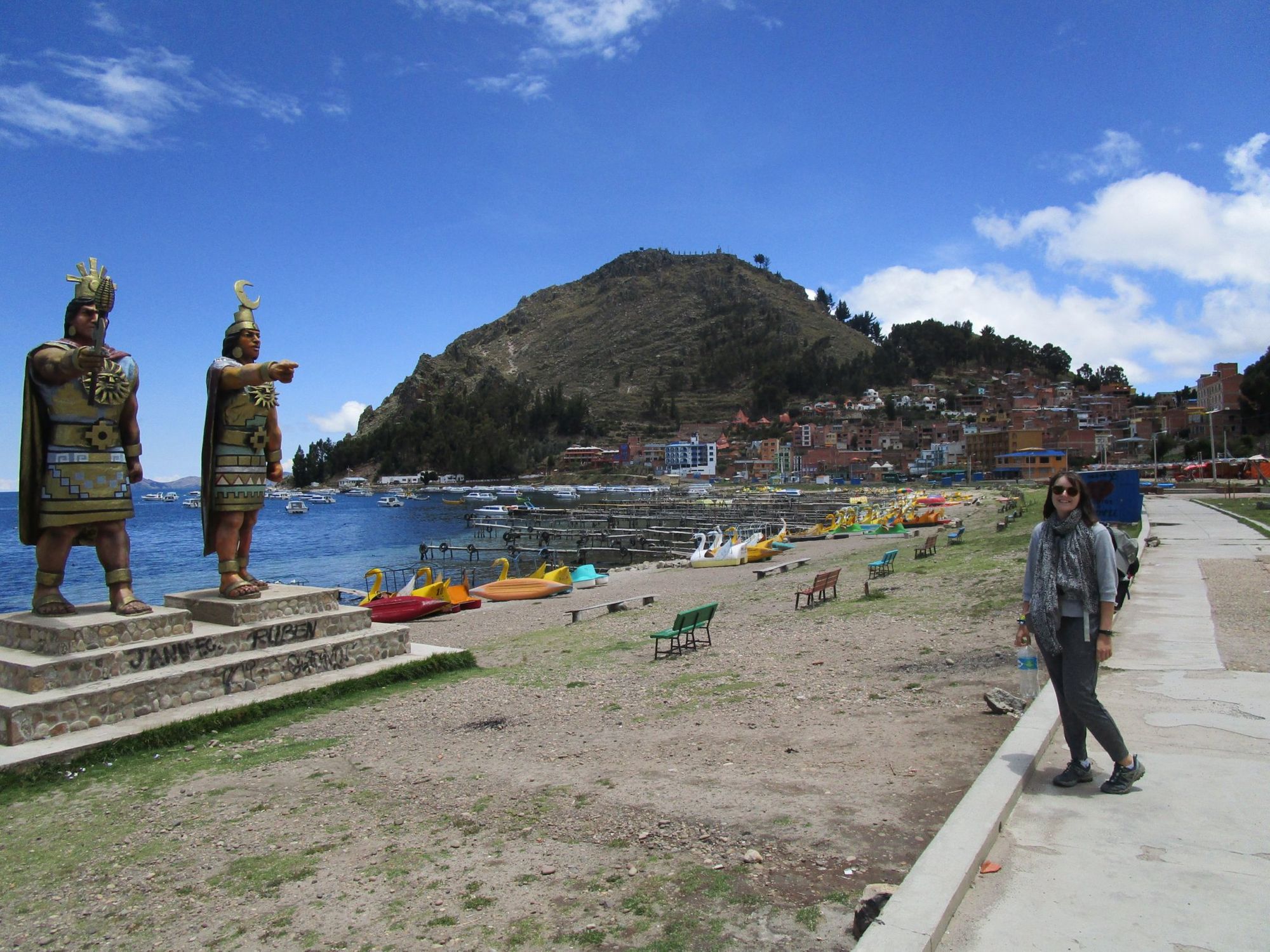
That afternoon we took a boat across to Isla del Sol, the largest island on Lake Titicaca. You can visit the island on a very rushed day trip from Copacabana, but we'd decided to stay overnight. Our B&B was situated at just about the highest spot on the island, up a steep Inca staircase, so we'd arranged for someone to meet us at Yumani port with a donkey to carry our luggage. Or at least we thought we had; after disembarking the ferry and paying the island entrance fee, we looked around in vain for our welcome committee.
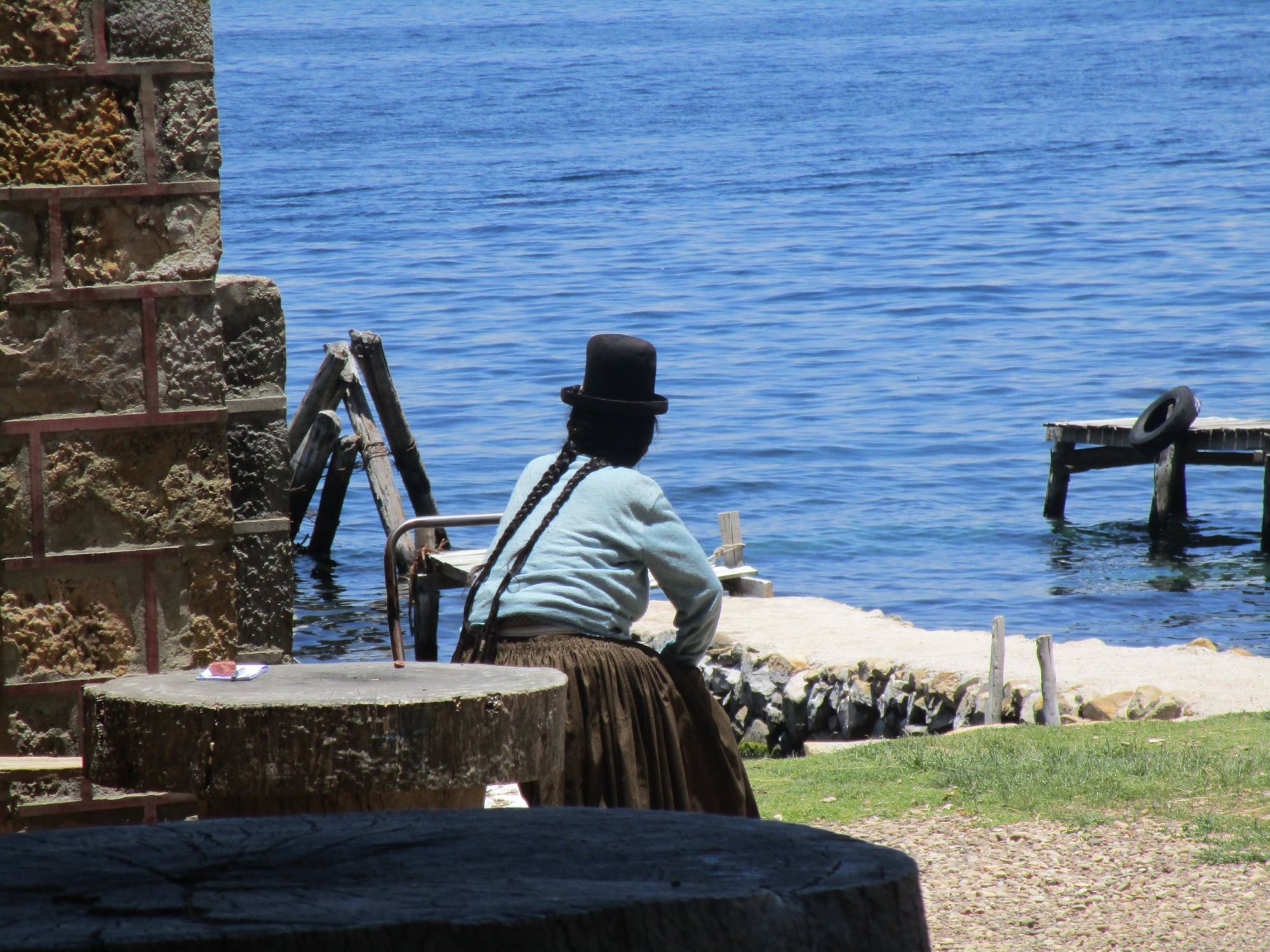
After wandering up and down the bay for a while, we eventually spotted a couple of donkeys. A confusing exchange with their owners then ensued, made more difficult by their heavily accented Spanish. We ended up handing over 40 bolivianos (about £4.50), along with our two big backpacks, before heading off up the Inca steps hoping that we hadn't just given the majority of our possessions to a pair of conmen.
Polly was convinced that we would never see our belongings again, and that they would be shipped back to the mainland and flogged off in the local markets. I had a little more faith in the decency and trustworthiness of the islanders, and was at least 70% certain we would see our bags again.
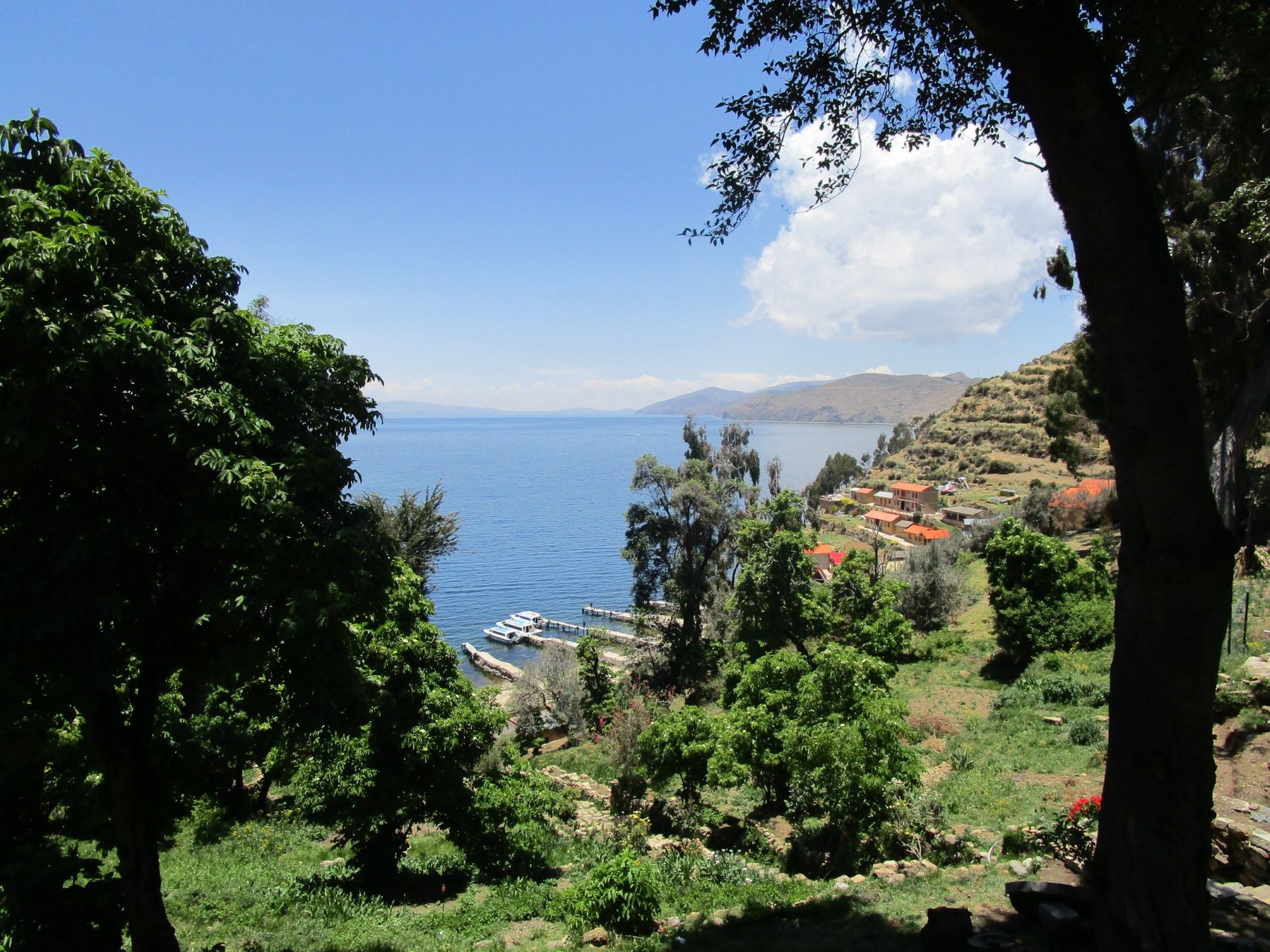
Even without our backpacks to carry, the climb up the Inca staircase was a punishing one. Considering how short they were, the Incas built some pretty big steps, and many had been worn away until they were just uneven, ankle-twisting lumps of rock. But the worst part about the climb was the altitude; from an already challenging height of 3,800 metres above sea level, the path gained another 200 metres by the time we reached the village at the top of the hill.
It's hard to fully comprehend the effects of high altitude until you've experienced them; whenever we tackled any kind of incline I suddenly felt the most unfit I've ever felt, gasping for air and my heart racing. Every few metres we had to stop to get our breath back, and Polly was once again feeling completely miserable.
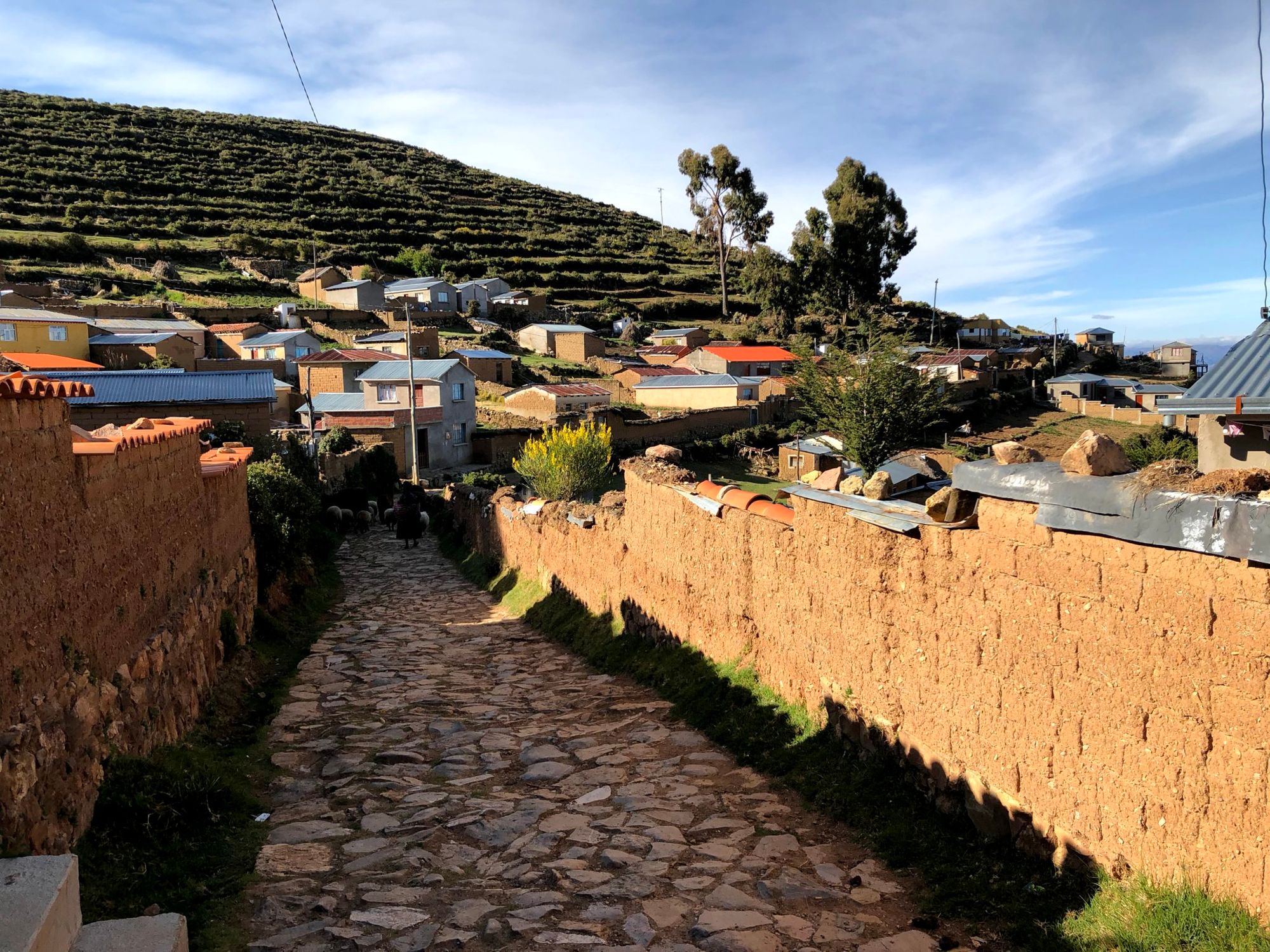
Finally we reached the top of the hill, and the rough stone track that led to our B&B. The owner, a friendly Aymara lady with the customary plaits and layered skirts, showed us our room and reassured us that our bags would turn up at some point. The room was noticeably colder than the outside air temperature, with no heater and no hot water. We steeled ourselves for a cold night ahead as we waited for our bags to turn up.
The longer we waited, the more I began to wonder if Polly had been right. After an hour or so I decided to set off back down the Inca steps, and see if I could find our donkey. It was only then that I noticed the stunning views over the lake, with neighbouring Isla de la Luna visible in the distance, against a backdrop of snowy mountains.
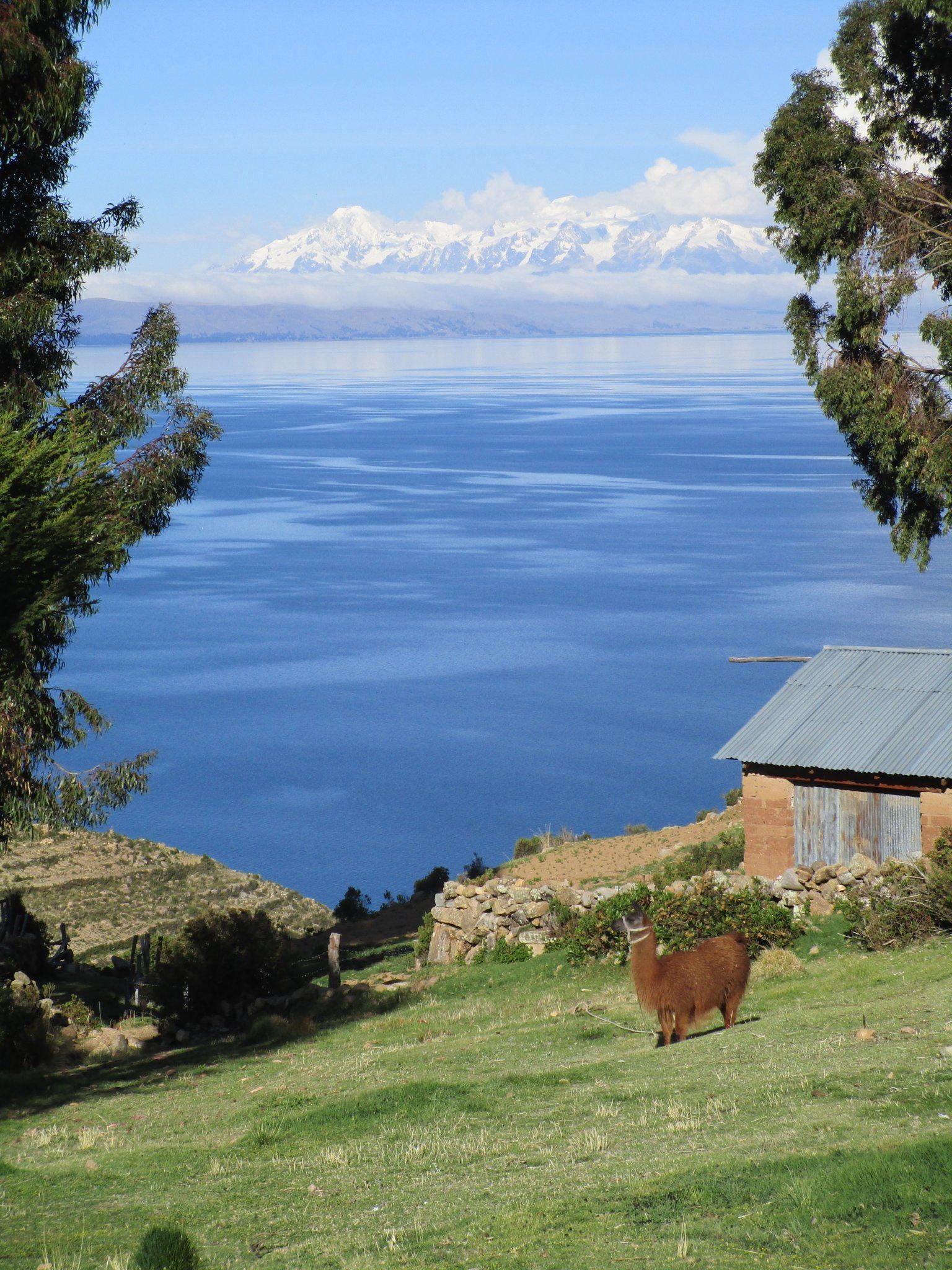
Although Isla del Sol gets quite a few tourists, the people here still follow a very traditional way of life. There are no cars on the island, so donkeys are the main mode of transport, and herds of llamas are a common sight along the narrow lanes of Yumani village.
About a quarter of the way back down the steps I spotted one of the men we'd spoken to at the port, with both of our backpacks tied on to a sad-looking donkey. The animal was doing its best to avoid climbing the hill, veering off the path every few steps to munch on some grass. It quickly became apparent why it had taken so long, but we could relax now that we knew we hadn't been hoodwinked.
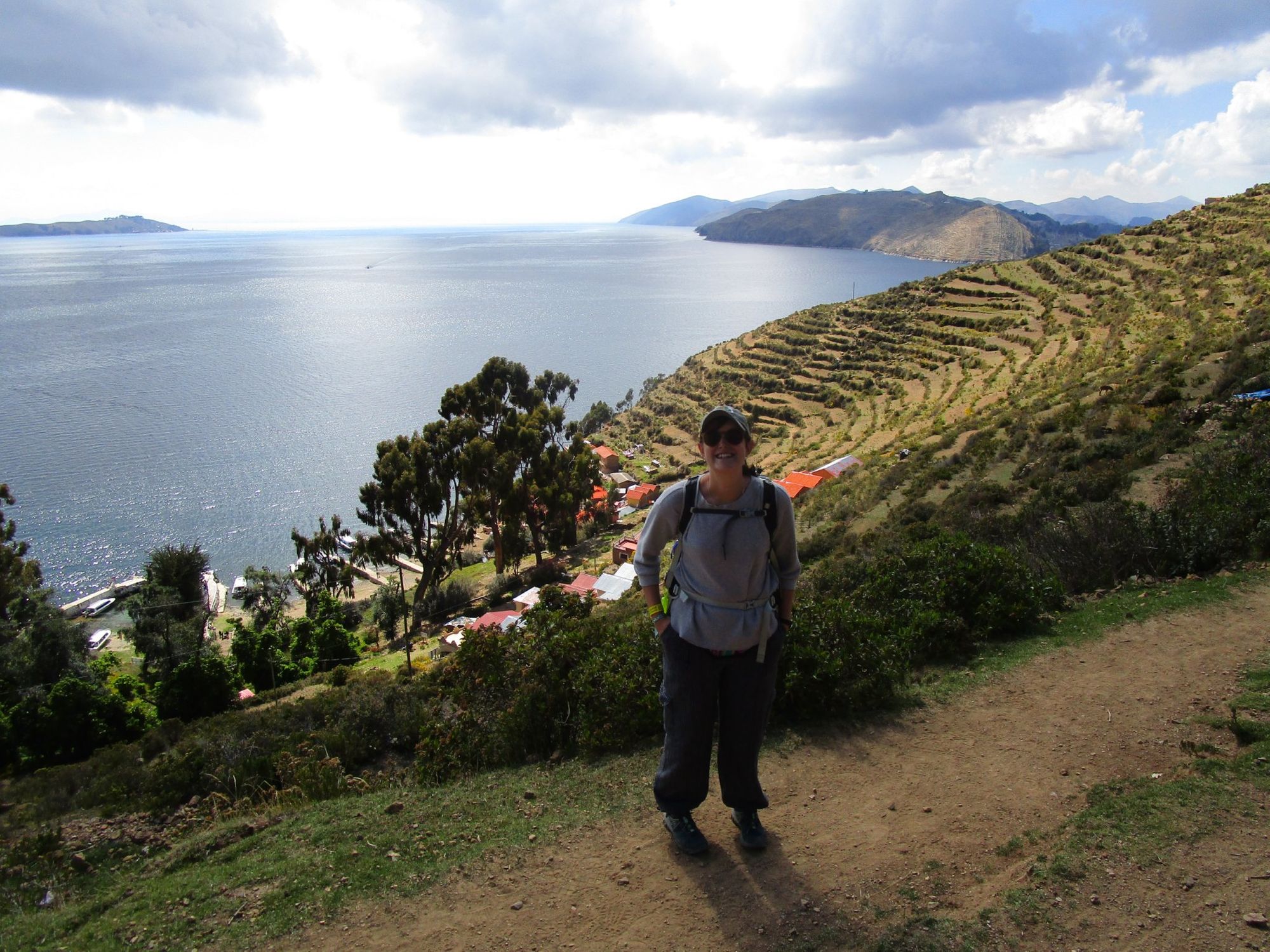
After a reasonably good night's sleep wrapped in several layers of blankets, we woke up and opened our curtains just as a llama came trotting past the window. Bright sunlight flooded the room, and Polly was feeling a lot better. Suddenly Isla del Sol seemed like a much nicer place to be.
We had most of the day to enjoy on the island before our return ferry, so we went for a walk along a trail that led south from the village. The path skirted the side of a hill where braying donkeys mooched about, with spectacular views of the lake. The boats bobbing in the harbour and the terracotta tiled roofs lent the island an almost Mediterranean feel, an illusion only broken by the occasional Aymara lady ambling past in a trademark bowler hat.
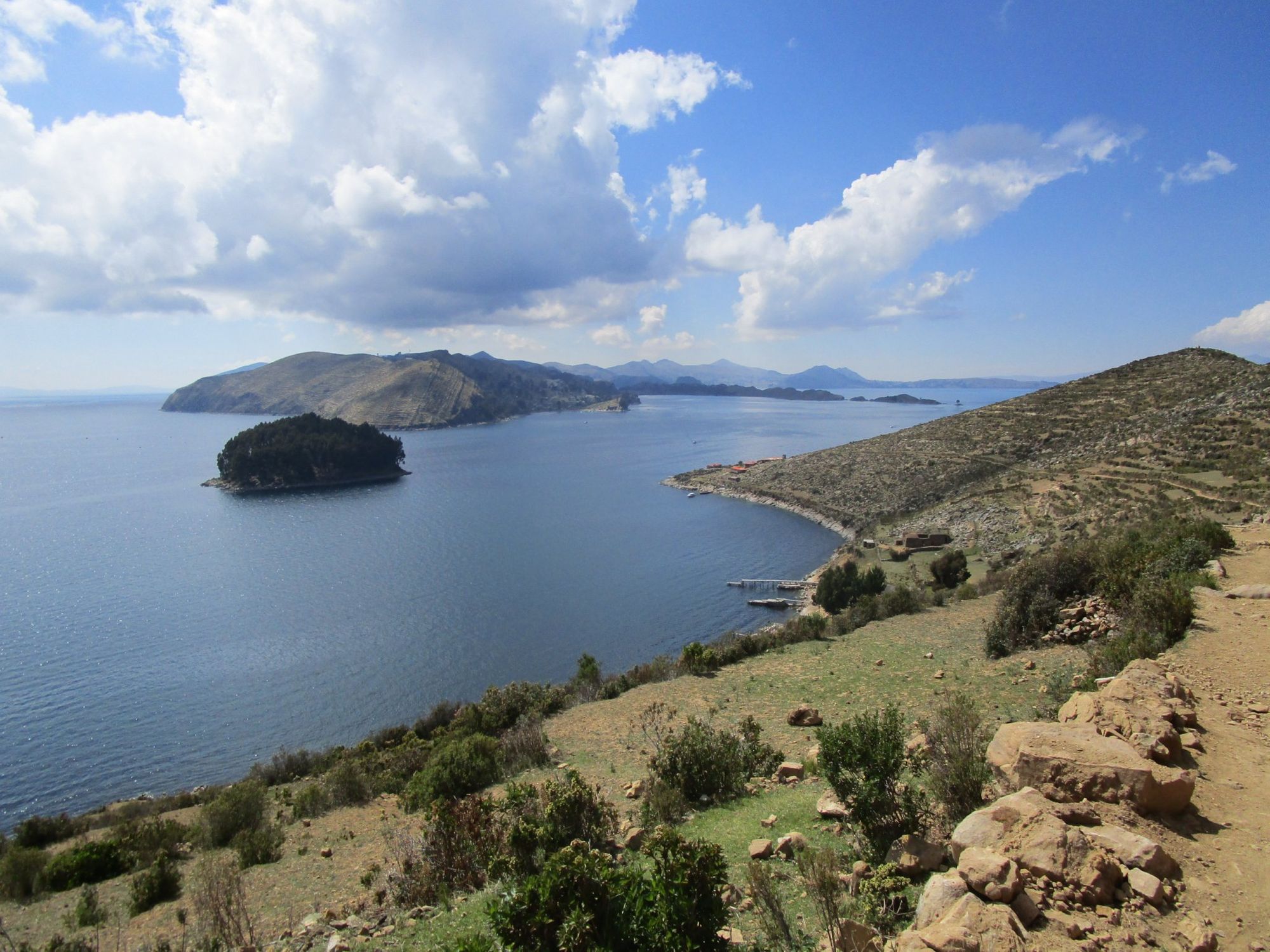
The path led down to an archaeological site by the water's edge known as Pilko Kaina, where the ruins of an Inca palace stood overlooking the lake. Titicaca was a sacred place for the Incas, who believed that the lake was the birthplace of both the sun and of the first Inca emperor, Manco Capac. The hillsides around the lake are still covered in the terraces that the Incas used for agriculture, something that we saw more of as our journey continued into Peru.
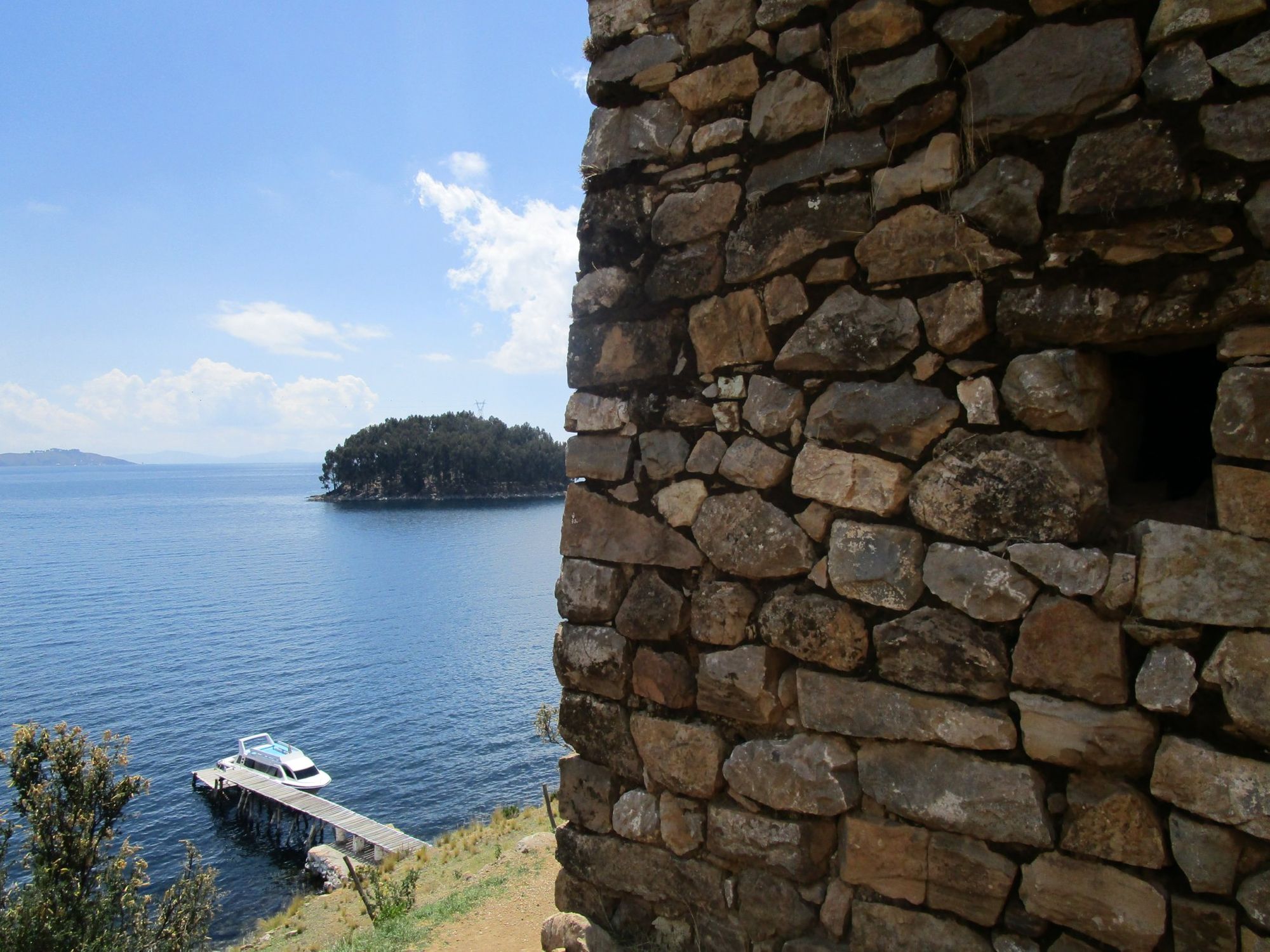
The border crossing was the most straightforward of our trip so far, and our bus continued around the lake until we reached the city of Puno, just as night was falling. Most guidebooks and blogs paint Puno as a bit of a dump, but I was pleasantly surprised by the city centre. The streets were too narrow for most vehicles to navigate comfortably, and brightly painted tuktuks zipped around ferrying tourists to and from the lake shore. There were also some nice colonial buildings around the main square, and we visited an interesting museum documenting the history of the coca plant, from ancient religious ceremonies to Coca-Cola and crack cocaine.
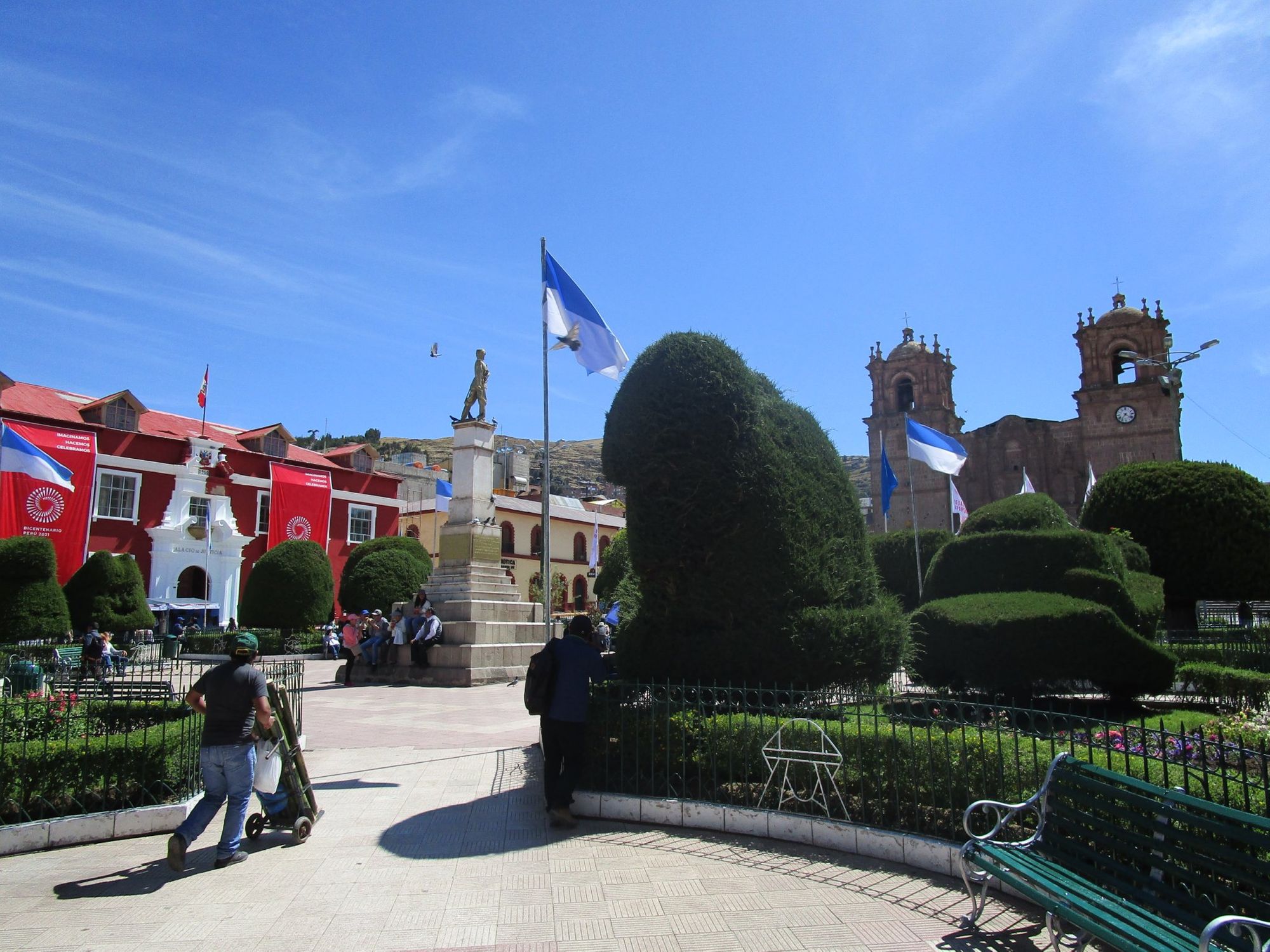
The main reason why people come to Puno, however, is to visit some of the islands on the Peruvian side of Lake Titicaca. The most unusual of these are the Uros Islands, a group of over 100 floating islands made from reeds.
We took a boat tour out to the islands, where our guide, Freddy, explained how the Uros people had ended up living in this peculiar fashion. The Uros once inhabited the lands around Lake Titicaca, but after suffering at the hands of invaders including the Incas and the Spanish they decided to abandon their villages and live on the lake instead.
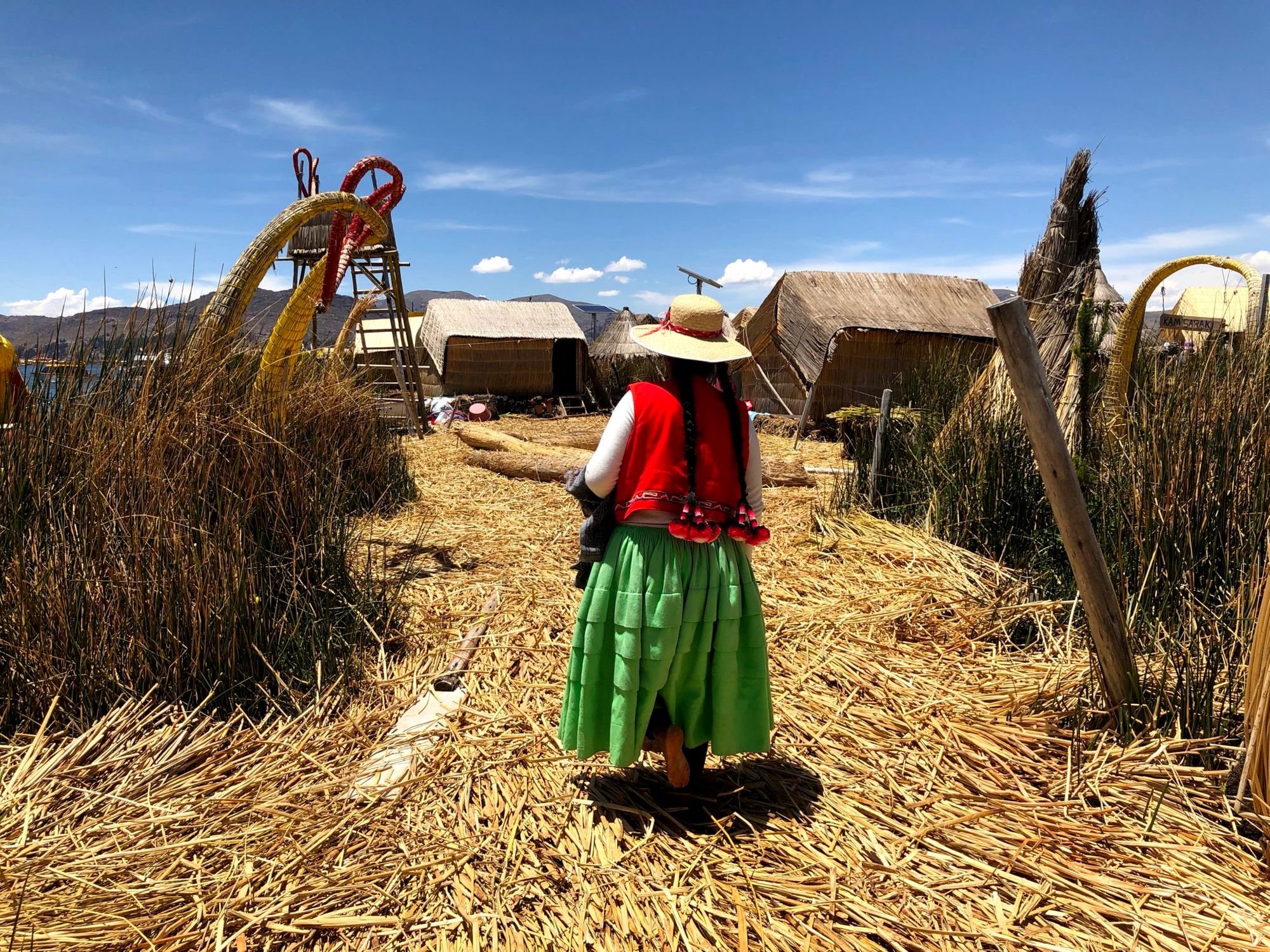
Each island takes about two years to build, made from a bed of totora reeds two metres thick. The islands have a lifespan of around 25 years, and constant maintenance is required, adding fresh reeds to the top layer as those at the bottom rot away. It seemed to me like an incredibly labour-intensive way to live, but the Uros people are clearly adept at making use of their environment. We visited one island where the head matriarch, Doña Francisca, demonstrated the weaving techniques used to construct the islands, and offered us the roots of the totora reed to eat, which were surprisingly tasty.
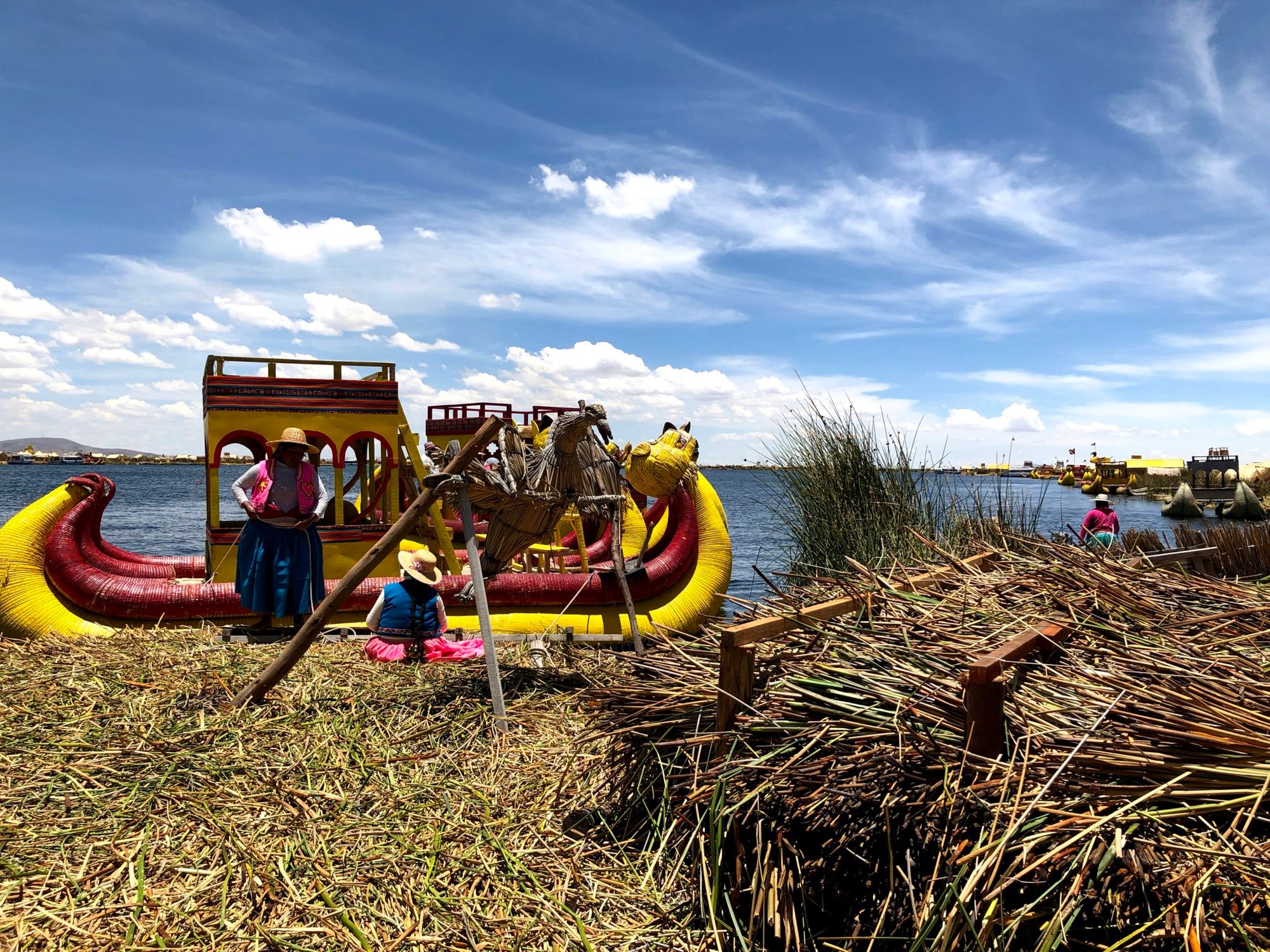
These days the islanders' main source of income is tourism, and our guide was very honest about that fact. Although the island tours are sometimes criticised as a Disneyfied or even exploitative experience, it seemed to me that they were conducted in a culturally sensitive way, with the community leaders dictating which islands can be visited each day and by how many people.
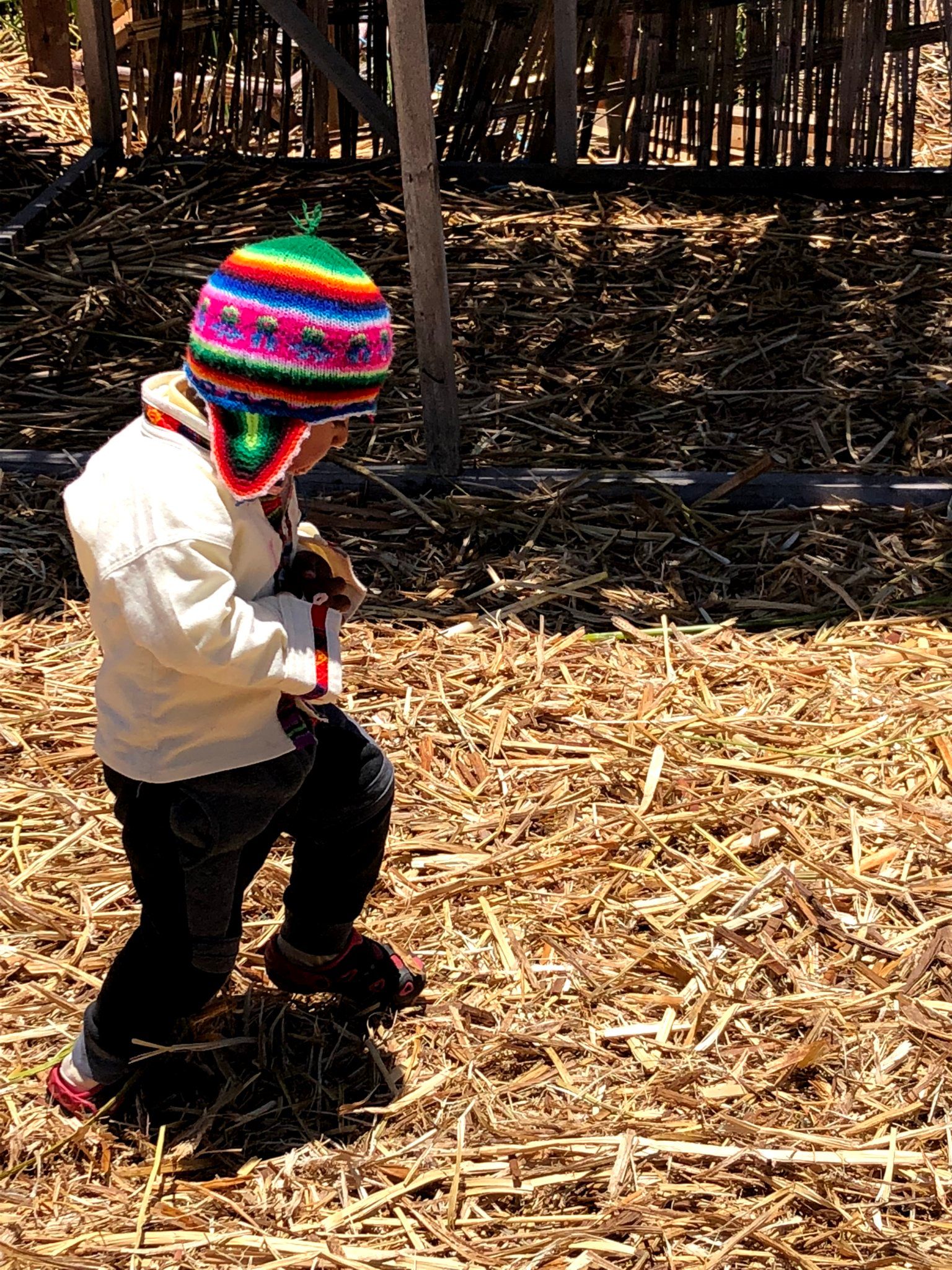
It was interesting to see how modernity is encroaching on the islands, with many of the houses equipped with solar panels and TVs, but Freddy also told us that the islands might not be around for too much longer. Young people don't want to live on the water, preferring to seek work in the towns and cities on land. While you can hardly blame them, it was a little sad to think that another part of South America's indigenous culture is slowly disappearing.

